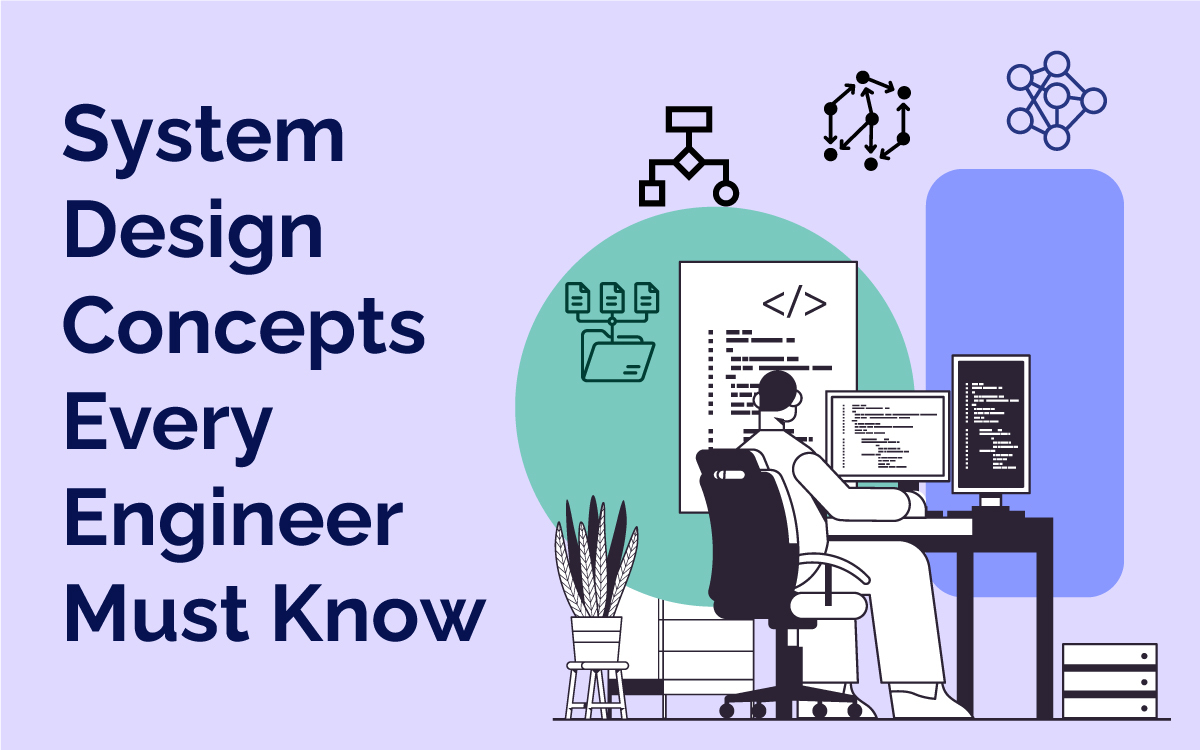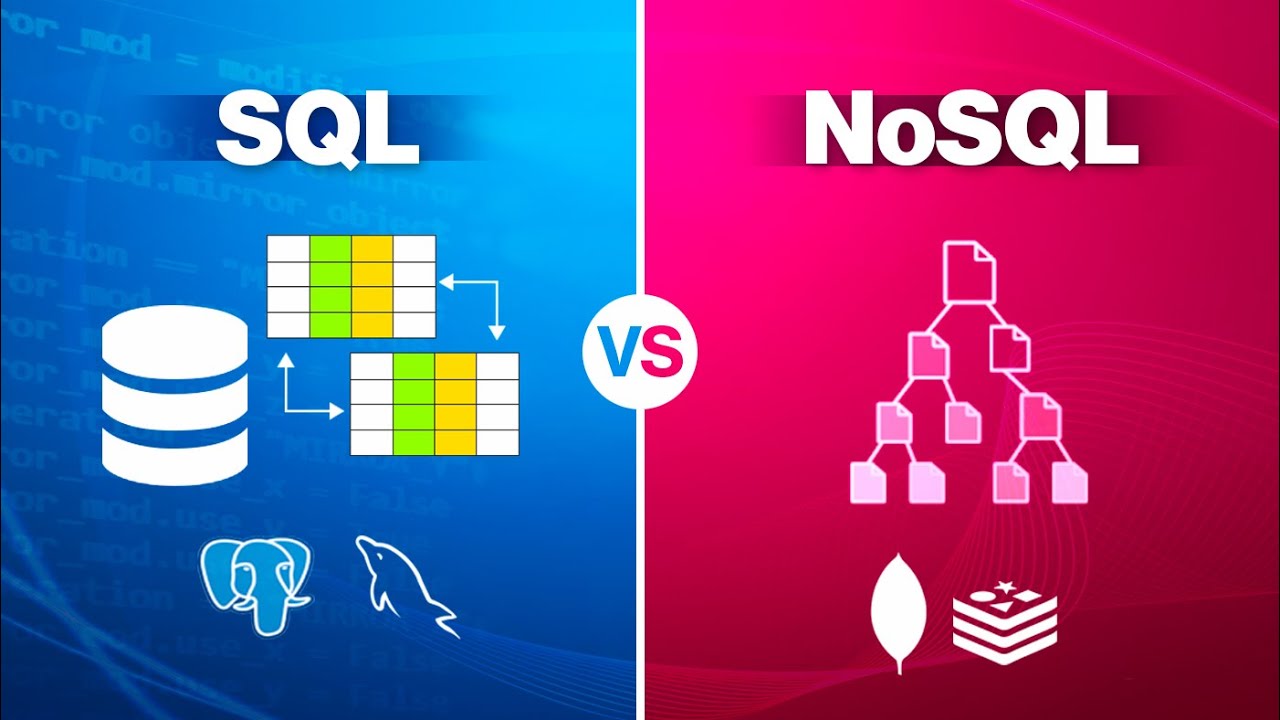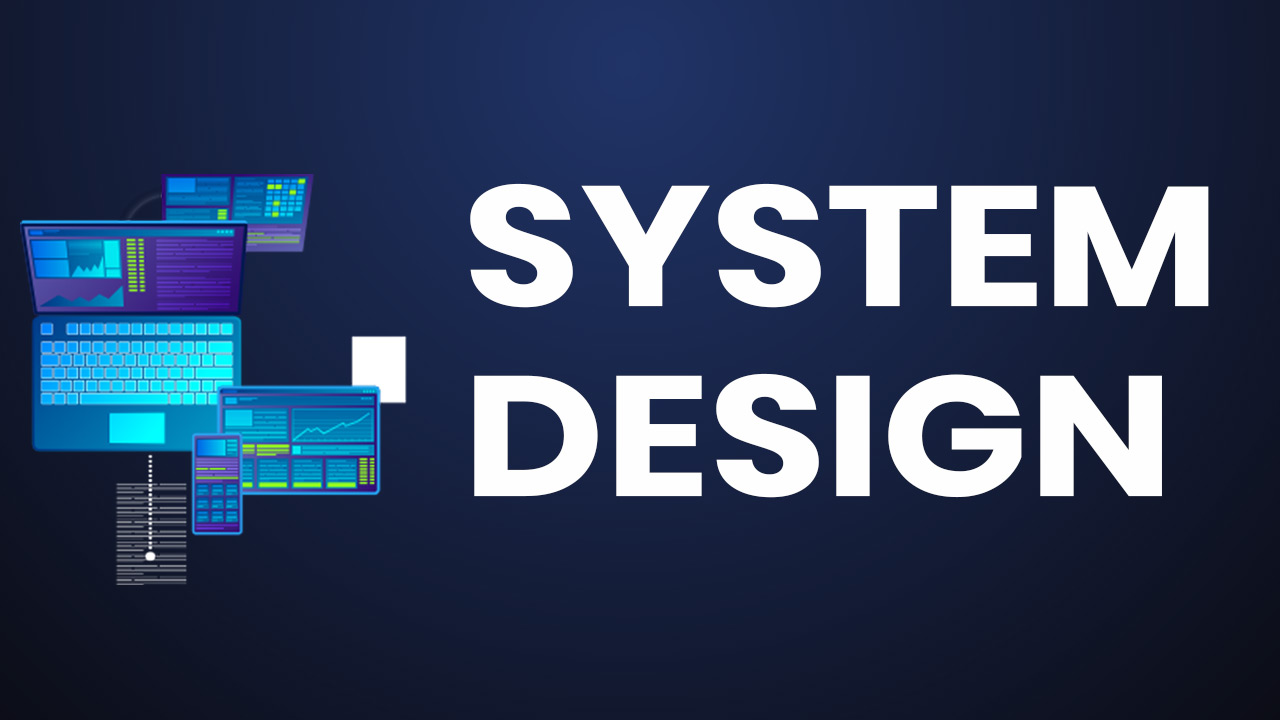Introduction
📄 👉 Access the Complete Notes on Google Docs
(This document captures my structured, evolving notes across hundreds of hours of learning, practice, and real-world system design.)
System design is at the heart of building scalable, robust, and efficient software systems. Over the years, I’ve been diving deep into key architecture patterns, scalability principles, distributed systems, and API design concepts—capturing learnings along the way.
This blog is a distilled version of those insights, offering you a structured learning path with practical examples, conceptual clarity, and decision-making frameworks.
🧱 Communication Paradigms: From Polling to WebSockets
Short vs Long Polling vs WebSockets: Understand the shift from client-driven polling to real-time server push with WebSockets.
REST vs WebSockets – Chat App Example: Walk through building a real-time chat app using REST and then upgrading to WebSockets.
API Idempotency: Learn how to make your APIs reliable even with retries.
Rate Limiting & API Throttling: Discover why applications limit requests and how they do it.
💾 Data Management & Storage Patterns
SQL vs NoSQL: Explore relational vs document-based models, their pros and cons, and example use cases.
CAP Theorem (Brewer’s Theorem): Understand the balance between Consistency, Availability, and Partition Tolerance.
Sharding & Replication: Learn when to shard data and when to add read replicas.
Performance Optimization: Increase DB performance via vertical scaling, horizontal scaling, caching, and more.
🏗️ Architecture Fundamentals & Evolution
3-Tier Architecture vs SOA vs Microservices: Understand how architecture has evolved and what trade-offs come with each.
Client-Server Model: Revisit the foundational model in distributed computing.
Evolution of Facebook’s Software Architecture: Learn how hyperscale systems evolved from monoliths to microservices.
Service Discovery, Load Balancing, and Deployment Patterns: Understand Canary, Rolling, and Blue-Green deployments.
🔌 APIs, Proxies & SDKs
What is an API / SDK?: Clear explanation of APIs vs SDKs in both classic and cloud-native contexts.
Forward vs Reverse Proxy: Use cases and architecture diagrams.
Latency vs Throughput: How to measure and optimize your APIs for performance.
API Paradigms: REST vs RPC vs GraphQL vs gRPC: Compare and choose the right fit for your use case.
🔄 Event-Driven & Workflow-Based Architectures
Event-Driven (Choreography) vs Workflow (Orchestration): Learn the difference and when to use what, with AWS services like EventBridge and Step Functions.
Service Mesh & Sidecar Pattern: Demystify Kubernetes-native networking and observability with Istio and Envoy.
Distributed Tracing: Implement visibility in microservices using OpenTelemetry or Jaeger.
🧠 Caching & Performance Engineering
What is a Cache?: Understand TTLs, eviction policies, and use cases.
Redis vs Memcached: Choose the right in-memory store.
Content Delivery Networks (CDNs): How CDNs work and why they’re essential for performance.
🛡️ Data Integrity, Transactions & ACID
Database Transactions & ACID Compliance: Understand atomicity, consistency, isolation, and durability.
2-Phase Commit (2PC): Solve distributed transaction problems in microservices.
Feature Flags: Use toggles to release features safely and roll back without redeploying.
📈 Observability, Monitoring & Reliability
Monitoring vs Observability (O11y): Metrics, logs, and traces—how they differ and why you need all three.
Scaling Strategies: Understand when to scale vertically, when to add replicas, and when to shard.
Vertical Scaling & Law of Diminishing Returns: Why bigger machines aren’t always better.
⚙️ Real-Time Systems & Distributed Messaging
Why Kafka is Popular: Explore Kafka’s role in real-time pipelines, CDC, and log aggregation.
Use Cases:
Log Processing & Alerting
Real-Time Recommendation Engines
System Migration & Data Sync
Distributed Consensus & Quorum: Learn Paxos/Raft, quorum-based reads/writes, and why consistency matters.
🔍 When to Use What: Decision-Making Frameworks
SQL vs NoSQL – How to Choose?
REST vs GraphQL vs gRPC – API Style Guide
Polling vs WebSockets – Real-Time Communication
Vertical vs Horizontal Scaling – Cost vs Capacity
tRPC, GraphQL, REST – For Microservices
✅ Summary
These notes aren’t just for interviews—they’re a living playbook for real-world design challenges.
If you’re a software engineer, architect, or just someone curious about how systems are built and scaled, I hope this guide helps demystify system design and makes your next project or decision easier.
🧠 Access the full document here:
👉 System Design Notes – Google Doc
🙏 Credits & Inspiration
These learnings have been shaped by the exceptional content from creators and engineers around the world. Special thanks to:
🎥 Gaurav Sen – for deep dives into system design interviews and real-world architectures
🎥 BeABetterDev – helping you become a better developer by learning about AWS, cloud computing, and system design concepts
🎥 Hussein Nasser – for practical and deep engineering insights
🎥 Tech Dummies – Narendra L – for beginner-friendly yet comprehensive guides
🎥 ByteByteGo by Alex Xu – for visually stunning and conceptually deep explanations
💬 Let’s Connect!
Have thoughts, suggestions, or want to collaborate on something exciting in the systems or SaaS space? Feel free to reach out or drop a comment.
🔁 Bookmark this post as a reference. Share it with your team. Or better yet—start your own note journey!




1 Comment
https://cr-v.su/forums/index.php?autocom=gallery&req=si&img=4021